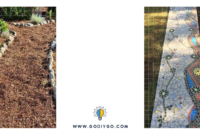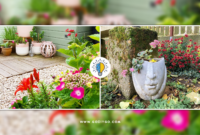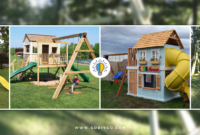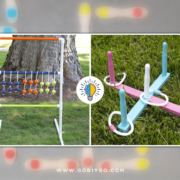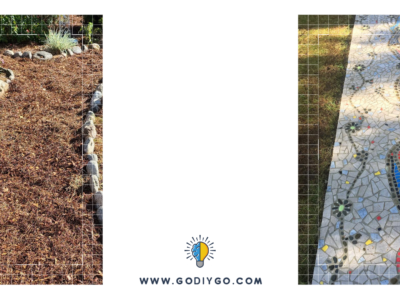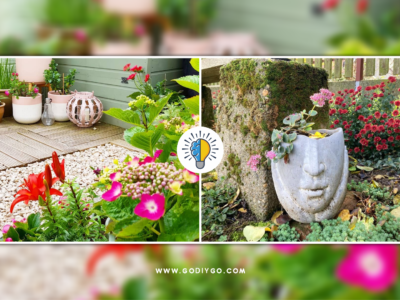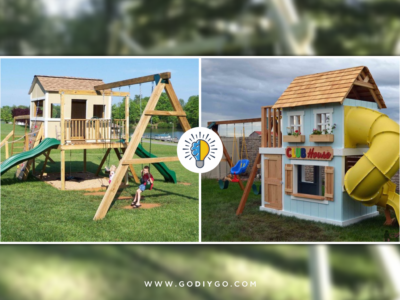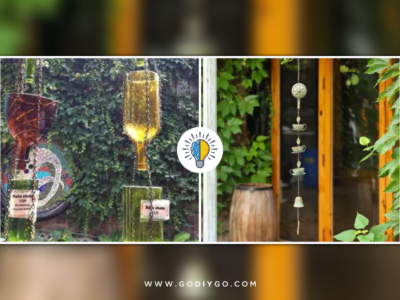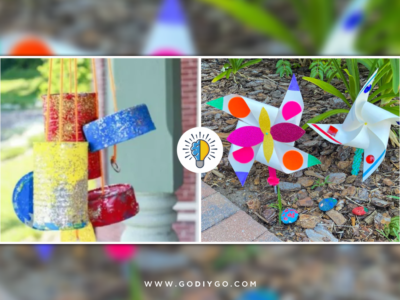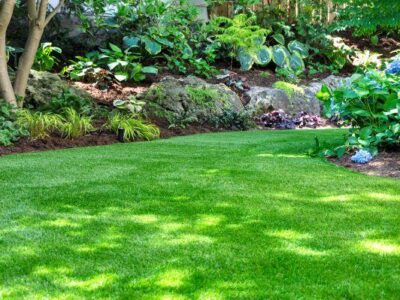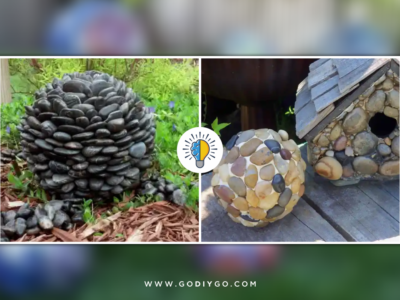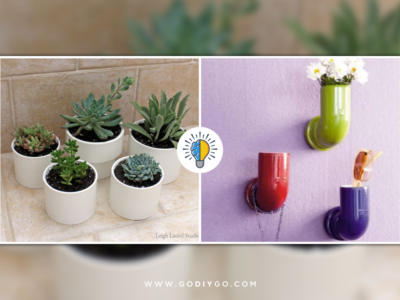With bank holiday season officially here and the scent of summer close by, many of us are turning to our gardens to provide us with a much-needed space to relax and unwind in. But what happens if you’re not that green-fingered or you think you’ve left getting your garden summer-ready too late? To help you make the most out of your outdoor space, we’ve put together our beginner’s guide to gardening.
Our top tips will have your fingers turning green in no time. With some of the smallest gardens in Europe, with one in eight households having no garden, it’s no wonder that many of us are clueless about our gardens.
Know what to plant – when
Before you head down to your local garden centre, you should consider the time of year. Getting your garden ready for the summer takes time and planning – but that doesn’t mean you’ve left it too late.
The late spring early summer months are great for sowing and planting vegetables like beans and salad crops, as well as wildflowers like coreopsis, night-scented stock and candelabra primulas. These flowers will add a pop of colour until early autumn.
Understand the sun
Once you’ve chosen your plants you should think about where the sun travels around the garden. Some plants thrive in shady spots, whilst others require full sun. Spend a couple of days looking at your garden at different points of the day.
If you’re planning on creating a decking or patio area you should also think about the type of light you like too. If you’re a fan of al fresco breakfasts, then a spot that gets the sun until midday will work well, but you’re more a languorous summer evening stargazer, then setting up seating in a spot that gets the late evening sun will give you a warmer spot when the sun goes down. There’s a reason that south-facing gardens are in greater demand in the UK!
Invest in the right tools
Typically, Brits will spend under £700 a year on their garden. But if you’re just getting started you may need to invest in the right tools for the job. At a bare minimum you should invest in gardening gloves, secateurs, hand trowel, fork, watering can, hose, spade, fork, hoe, a rake, and a hand saw (click here for examples).
If you have grass and hedges, then buying a lawnmower and strimmer should be larger pieces of equipment you’ll need too.


